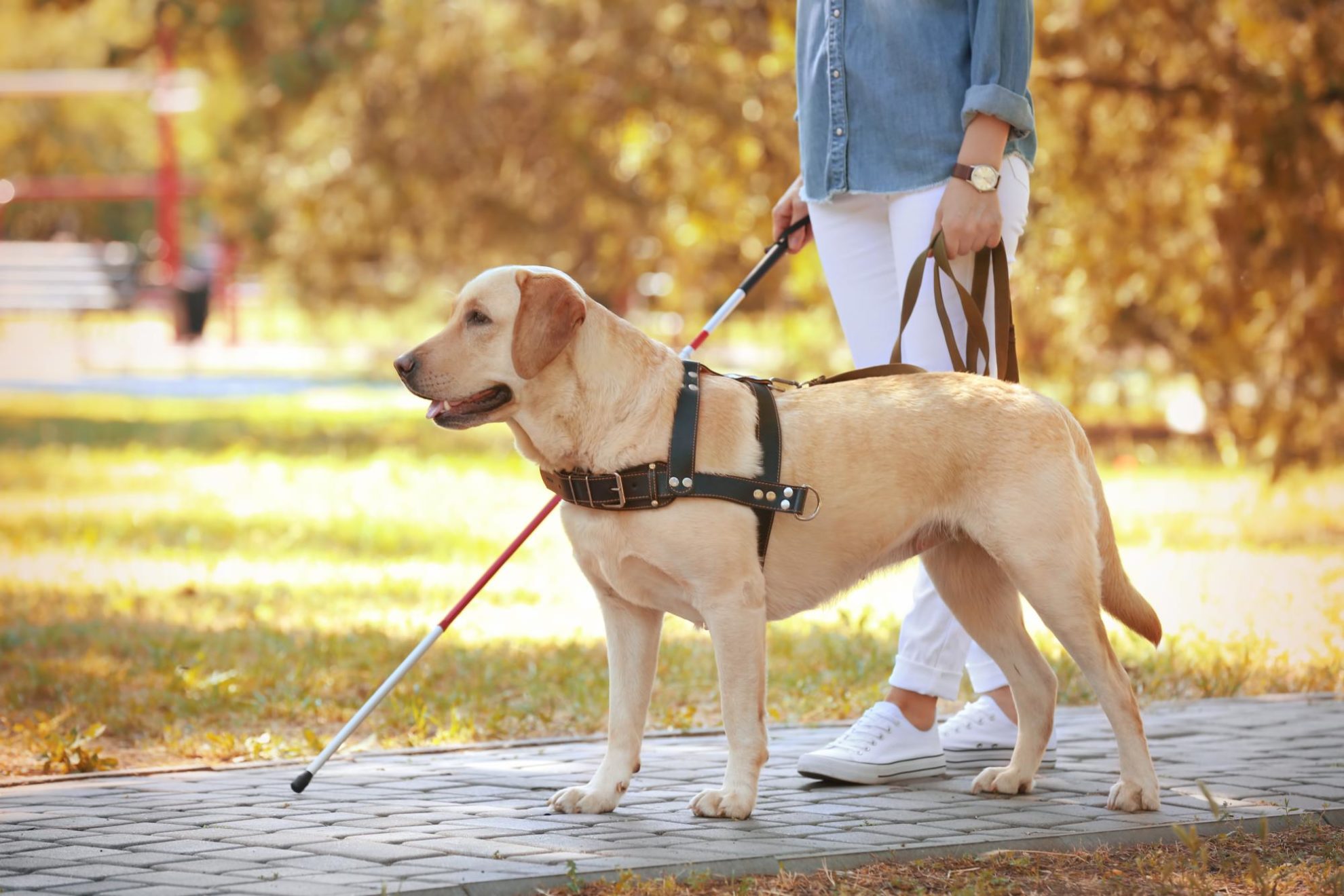Saying goodbye to our canine companions is always difficult, but certain breeds unfortunately have shorter than average lifespans. Understanding what impacts longevity and the dogs prone to brief lives can help owners provide the best care while cherishing every moment.
Typical Dog Lifespans
The average lifespan for most dog breeds ranges between 10-13 years. However, individual dogs may surpass or fall short of averages based on factors like genetics, size, health and lifestyle.
Smaller dogs tend to live longer, averaging 10-18 years, while large dogs average 7-12 years. There are always exceptions, but these general guides provide realistic expectations.
Why Some Dogs Have Shorter Lifespans
A variety of factors influence average lifespan differences between breeds:
- Size – Small dogs live longer. Larger breeds are prone to joint issues and cardiac problems impacting lifespan.
- Conformation – Exaggerated physical features like short faces or sloped backs increase health risks.
- Genetic Issues – Purebreds susceptible to inherited conditions like cancer may die prematurely if not carefully bred.
- Breed Role – High-energy working dogs prone to injuries may succumb earlier to arthritis or trauma.
Knowing a dog’s predispositions allows owners to provide attentive medical care to maximize longevity. But some breeds still fall short of averages.
Dog Breeds With the Shortest Lifespans
While no one can predict an individual dog’s lifespan, these breeds are prone to the shortest senior years:
Bernese Mountain Dog
Average Lifespan: 6-8 years
This large working breed is prone to multiple cancers along with heart disease, elbow dysplasia and autoimmune disorders impacting lifespan.

Great Dane
Average Lifespan: 7-10 years
Their substantial size predisposes Great Danes to joint degeneration, cardiomyopathy and bloat, limiting lifespan.
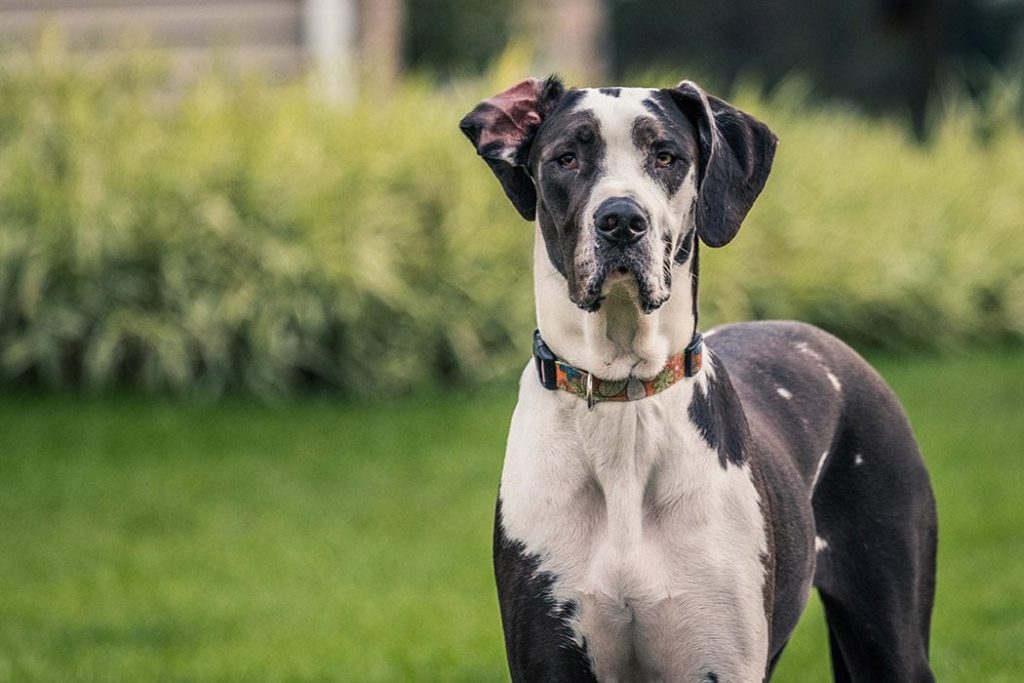
Irish Wolfhound
Average Lifespan: 6-8 years
As with other giant breeds, Irish Wolfhounds are at higher risk for bone cancers, cardiac disease and bloat.
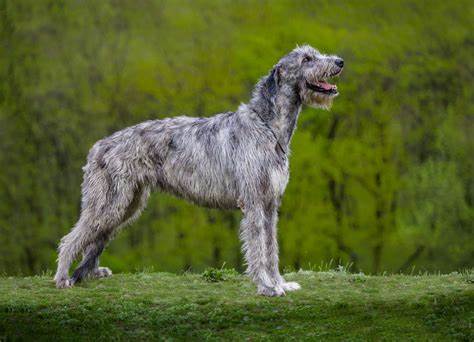
Bulldog
Average Lifespan: 8-10 years
Breathing difficulties, joint disease, cancer and cardiac issues are unfortunately common in Bulldogs.
Bullmastiff
Average Lifespan: 7-9 years
This large guardian breed is prone to bone cancer, bloat, joint problems and heart disease.
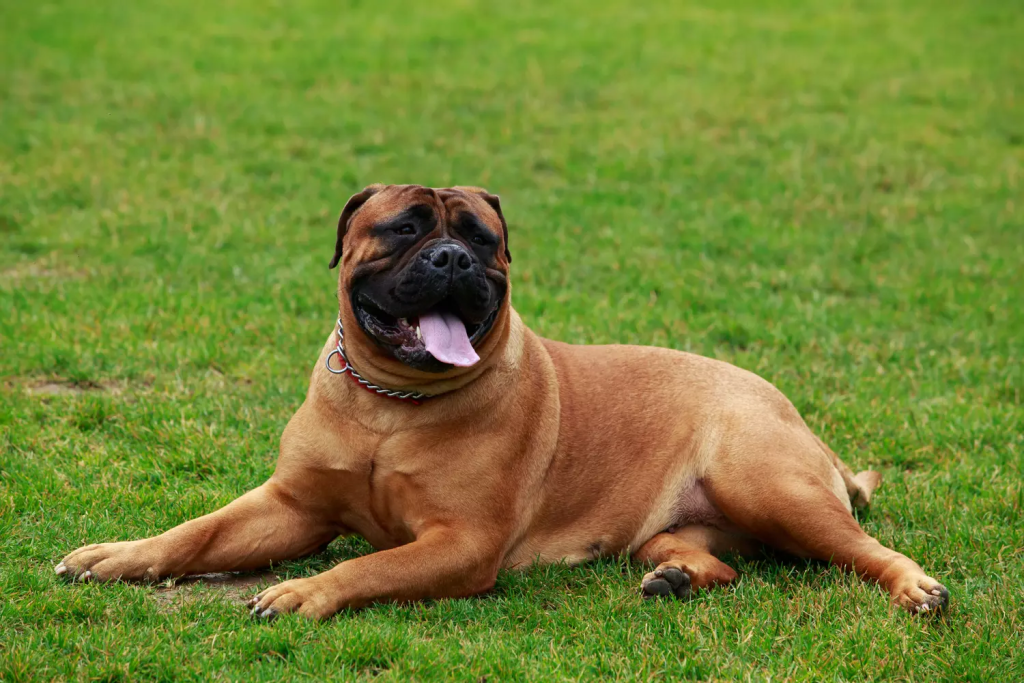
Rottweiler
Average Lifespan: 8-10 years
Cancer, bloat and joint disease cut many Rottweiler’s lives short despite devoted owners.
French Bulldog
Average Lifespan: 9-11 years
Breathing and cardiac issues are prevalent in Frenchies, as are spinal disorders and joint disease.
Boxer
Average Lifespan: 9-11 years
Boxers are prone to cancers, heart conditions, brain tumors and intestinal issues limiting longevity.
Newfoundland
Average Lifespan: 9-10 years
This gentle giant breed battles higher rates of lethal cancers, gastric complications, heart disease and joint pain.
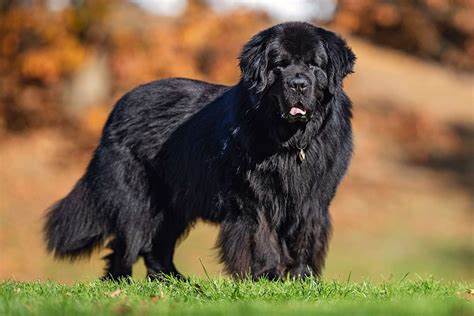
Greyhound
Average Lifespan: 9-12 years
While not outrageously brief, Greyhounds suffer higher bone cancer rates along with heart and thyroid disease risks.
Caring for Short Lived Dog Breeds
To maximize lifespan in predisposed breeds, prioritize:
- Buying from responsible breeders doing OFA health testing.
- Feeding high-quality diet appropriate for breed size and age.
- Maintaining ideal lean weight to reduce joint stress.
- Appropriate ongoing vet care with prompt diagnostics at signs of illness.
- Avoiding overexertion, particularly in heat or humidity.
While some breeds unfortunately have compressed senior years, thoughtful care gives them the best shot at reaching the upper end of natural longevity.
Conclusion
Certain dog breeds are predisposed to abbreviated lifespans due to genetic risks, size considerations and related structural issues. Large working dogs and extreme brachycephalic breeds tend to top the list, although individual dogs certainly defy the odds. Understanding breed tendencies helps owners celebrate every precious moment while providing attentive veterinary care. With responsible selective breeding and excellent care, we hope to gradually improve longevity in these vulnerable short-lived breeds.
Frequently Asked Questions About Dogs With Short Lifespans
What impacts dog lifespan beyond just breed?
Key factors include diet, exercise, neutering, preventative vet care, healthy weight maintenance, genetics, and avoiding environmental hazards. Manage what you can control.
Why do small dogs tend to live longer?
The reduced physical stresses and weight pressures on their bodies likely contributes. Also, smaller dogs may better physiologically tolerate aging.
How accurate are breed lifespan estimates?
Averages help set realistic expectations, but individual dogs can far surpass or fall short of projections based on myriad factors influencing longevity.
Are designer breeds healthier with longer lives?
Not necessarily. Poor breeding practices still propagate issues. Carefully vet breeders doing health screens. Mixed breeding can potentially improve hardiness.
What’s the best way to maximize my at-risk dog’s lifespan?
Partner closely with your vet for preventatives and prompt diagnosis. Provide excellent nutrition, maintenance of ideal lean weight, safe exercise, enriched lifestyle and high-quality veterinary care.

